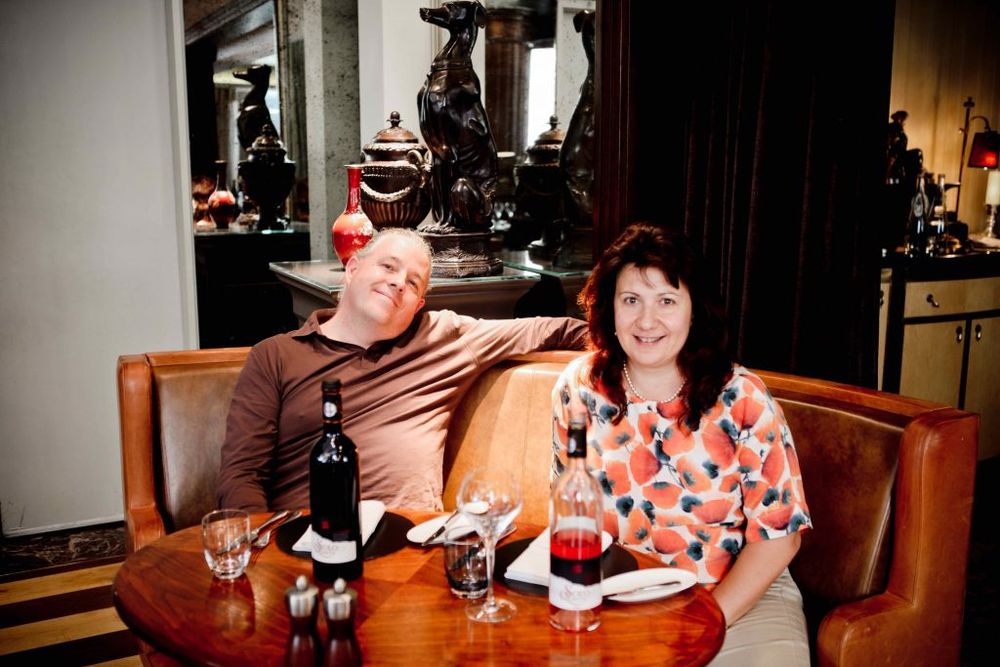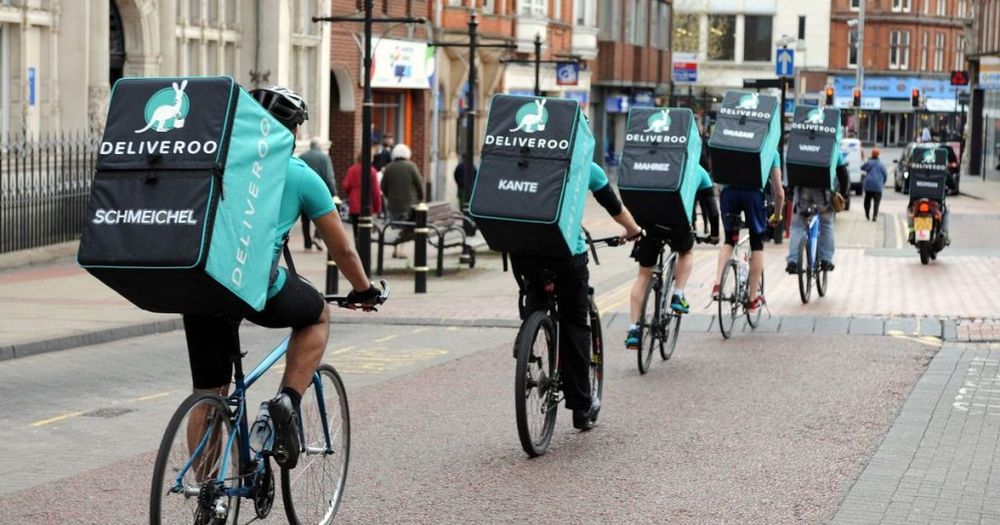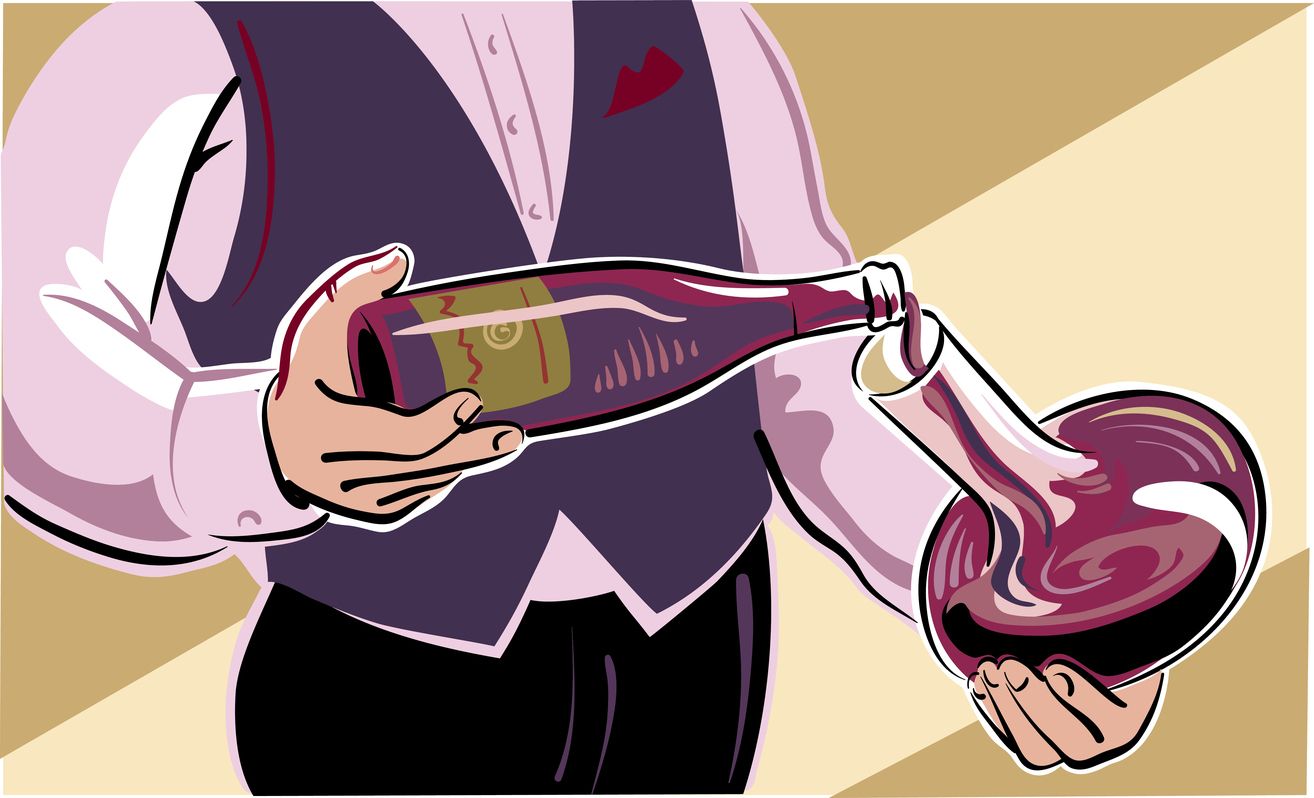Spain, Italy and France have been particularly badly affected by the bad weather in 2017 and, as they are traditionally the largest grape producers, repercussions are sure to be felt for years to come.
It’s not backs-against-the-wall time just yet, but wine buyers and sellers, whether they are front of house or back, need to keep thinking about what the customer is looking for, and how their wine suppliers can help them over-achieve. Ahead of Corney & Barrow’s Spring tasting held today*, here are James Franklin’s tips on how to do just that:
- Think ‘Future Proof’, by considering new regions and lesser-known wines.
It is important to remember that wine is an agricultural product, subject to the whims of Mother Nature. Climate change is leading to more extreme weather events that can have catastrophic consequences for winegrowers everywhere.
The most recent harvests were so difficult that global demand now outstrips supply, putting inevitable pressure on pricing and availability of some wine styles.
However, this can also be viewed as an opportunity for review, and to cast the net further, to different countries or varietals that will cater to our customers’ needs.
While it may sound easy to simply provide alternatives to customers’ usual ‘go to’, people are, in the main, resistant to change. It’s up to us to hold their hand and encourage them to experiment and see the benefits.
Our recent quest for alternatives has taken us on a journey from Arinto to Zweigelt!
- Spain has yielded new stars – the rich, juicy, spicy Carinena grape is in its mellow element in Aragon
- Mencia from Bierzo is a perfect summertime red alternative to Loire Valley Cabernet Franc
- Godello from Galicia makes a fantastic upsell from more neutral Pinot Grigio or Picpoul (some customers are buying it instead of an unoaked Chardonnay at a time when white Burgundy prices are soaring)
- Southern Italy has refreshing Falanghina and savoury Aglianico
- Tokaji region in Hungary has extraordinary premium wines from the Furmint variety.
- Eastern Europe has much to offer at many different price levels.
- We are just now seeing the impacts of recent Italian legislation in the Veneto, whereby all Pinot Grigio has moved from IGT to DOC status, accompanied by reduced yields and increased pricing. This accelerated our search for alternatives.

Philip Cox has used Cramele Recas to put Romania on the wine map again and give wine buyers a real alternative
In the end Romania’s Cramele Recas winery proved unbeatable in terms of quality, value and service. Its impeccable modern winemaking approach and mix of international and local varietals are a winning formula.
At the end of the day, it’s not just about change for change’s sake, it’s about buying smart. This requires a deep understanding of how the wine world operates, knowing from moment to moment and from region to region what is happening and why, and finding producers that offer authentic quality, interest, value and service.
Don’t forget South-West France for example. It is no accident that we have been working for over 30 years now with Gascony cooperative Plaimont: they are excellent operators, making simply delicious wines at great prices from a region of outstanding potential.
The Languedoc region is similar, if you know where to look and who to work with – the Celliers Jean d’Alibert in the heart of the Minervois has been our partner for decades.
- Help customers choose
Can you justify every wine on your list? Do you know which have most impact on your revenues? Are you selling what you want, or what your customers want?
Most people find wine lists overwhelming and it’s up to restaurants, bars and hoteliers to help them feel empowered rather than vulnerable.
Be bold! Tell people why you stock what you do. Make the choices personal to your customers and they’ll feel loved and keen to tell others about you. It may seem like stating the obvious, but customer service that includes an element of wine education really can have a significant positive impact on your business.

Apart from the quality, Plaimont’s wines have a real story to tell that can be engaging and vitally important to the customer
- Tell a true story well
Tasting notes are old school and subjective. Our modern world is all about debunking myths, sharing experiences and improving communications, so why stick with outmoded traditions?
Tell the story of the wine – bring it alive. Help your customer envisage the region, take time to show them the label, encourage them to photograph the label so they can find it again (assuming they like the bottle’s contents).
Hurrying customers to taste, without taking time to understand what they’re looking for, undervalues the craftsmanship of what’s in the glass and undermines the time and energy you took to get it listed in the first place.
Give customers tips that they can pass on, such as how to read back labels or detailing why wines taste differently when exposed to the air and they’ll feel rewarded for choosing your establishment and probably come back for more.
- Remember the hidden costs
Extreme changes in the currency markets often have hidden financial implications that few of us think about when enjoying the wine: from increases in the cost of transportation, to the price of glass bottles or cardboard boxes for the wine to be packed in and even the adhesive backing on wine labels.
It’s important to remember that selling is a partnership and that there should be more to your choice of supplier than the expense of the wine.
Don’t underestimate the time costs. If your team has to chase for deliveries and invoices, they’re not free to look after your customers.
Just as you seek repeat customer business, it’s important that your wine merchant can meet your needs, consistently and reliably. This could mean being able to fix prices for a listing period in order to smooth currency variations, or providing a named individual who is personally responsible for servicing your account.
There will always be hidden costs, but being prepared will ensure your customers won’t face the brunt.

The plethora of home delivery services has put added pressure on the on-trade’s ability to create the ‘Wow factor’
- Have a Wow factor
People go out to escape their day-to-day lives. They want to be transported to another place. From the moment they walk through your door they want their expectations to be met, so they can leave with a great story to tell and a sense of finding something special and being made to feel special.
Wine is all about enjoyment. It is produced to make people feel relaxed and happy, which leads to them spending more money and vowing to return.
Now that the high street is awash with meal deals, and home delivery services are in such plentiful supply, your offering has to be standout. Average or worst still, below average causes customers to question your judgement, find fault with other parts of their experience in your establishment and move on. What will they remember about the wine selection you offer?
- Brace yourself for a marathon rather than a sprint
The best relationships with customers and suppliers are built on trust. Loyalty comes from consistency, and we all have our favourite venues to prove it – the ones which instantly come to mind when someone asks for a recommendation.
Think of your wine list as a voyage of discovery for your customers. You don’t have to upsell them on their first visit. Start by listening to their dislikes as much as their likes. Guard them from disappointment (natural wine may be an acquired taste) and guide them to find new loves (Romanian wine might never have been considered). Wine is a constantly evolving subject, there’s always something new to learn, and you’re in an unique position to educate as much as sell.
*Corney & Barrow will be revealing a number of new wines at its Spring tasting held at Hunter Penrose, 32 Southwark St, London SE1 1TU from 10.30-18.30, Wednesday, March 21st, 2018










































